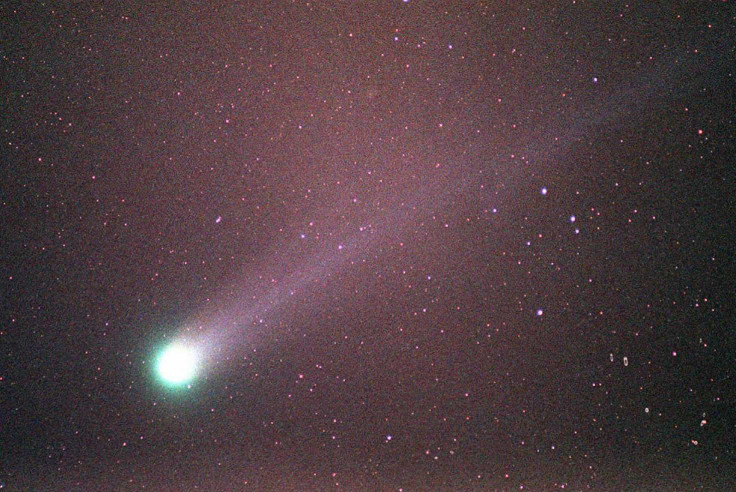Scientists Identify Poisonous Gas On Comet 2I/Borisov During Breakthrough
The encounter further helps the study of what accurately these objects are made of, especially on how they compare with other galaxies.

A team of international astronomers has recently stumbled upon a milestone discovery on interstellar objects: cyanogen. The specialists were observing a newly discovered comet that may have originated outside of the Milky Way when they detected gas molecules.
The recent achievement marks the first time scientists have been able to observe this type of material on an interstellar body. Comet 2I/Borisov, named after amateur astronomer Gennady Borisov of Crimea, spotted the heavenly body using a telescope that he created himself.
The encounter further helps the study of what accurately these objects are made of, especially on how they compare with other galaxies. Alan Fitzsimmons, an astrophysics professor at the Queen's University Belfast, said that this is the first time that they were able to measure the comet's composition.
He added that his team can now "accurately measure what an interstellar visitor is made of and compare it with our solar system." Along with scientists from Europe, the US and Chile, Fitzsimmons utilized the William Herschel Telescope on La Palma, the Canary Islands, to identify the gas in the comet.
The senior astrophysics stated that they attempted to classify that gases on September 13. However, his team was "thwarted by the brightness of the sky so close to the sun." Fortunately, "the next attempt was successful."
The international team o astronomers were able to catch 2I/Borisov's faint light through a spectrograph, gauging how much luminescence it emitted as a function of its wavelength.
Fitzsimmons explained that the spectrum allows them to "detect individual types of gas by their spectral fingerprints." He appended that they received the data "at midday and by 5 pm," adding that by evening, they had "successfully detected [the comet's] gas for the first time."
The gas, cyanogen, is a chemical compound made of carbon and nitrogen and is common in comets. It can be toxic if inhaled by humans in our atmosphere.
Research analyst Emmanuel Jehin, who observed the comet using the TRAPPIST-North telescope in Morocco, told the press that the "2I/Borisov is anything but ordinary."
He added that the "object is not like the many others I have been observing." Jehin noted that the interstellar body could have come " from another star probably very far away."
The comet is likely around 4.6 billion years, flaunting a condensed coma and short tail. It's the second astral object that has passed the Milky Way, the first one called "Oumuamua," was classified two years ago.
Based on its features, scientists suppose the object has a central icy body a few kilometers in diameter. The cloudy trail of dust intensifying as it approaches our sun.
Scientists earlier mistook the object as an alien spacecraft, but recent analysis has debunked UFO claims. The panel is still out on whether 2I/Borisov will satisfy those questions.
© Copyright IBTimes 2025. All rights reserved.



















